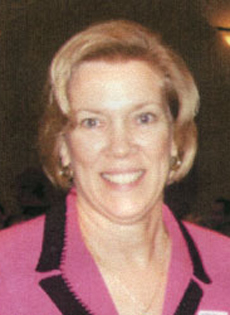
IVF: Creating human life to destroy it
Monday, August 31, 2009
*Joan Crown
Some of you may have seen the new movie “My Sister’s Keeper.” This movie takes on a real-life issue commonly known as “savior sibling.” Medicine and technology are used to create a genetically matched human being who will be the savior of a sick child in need of a donor. The main character in the movie refers to herself as a “designer baby”. Her consolation is that unlike most babies who come into the world from “unwanted / unintended pregnancies”, she was “wanted” – albeit as a product, as a medical treatment, as a donor.
In a piece written by Jennifer Lahl, director of the Center for Bioethics and Culture Network, the process is explained as follows: “Multiple embryonic humans are created in vitro (IVF) using the egg from the mother and the sperm from the father. Then, using pre-implantation technology, the embryonic humans are tested, and the one deemed genetically compatible is implanted into the mother’s womb in order for the baby to continue growing and developing. Once the baby is delivered, the cord blood is often collected because it provides a perfect match for the sick sibling. Later on, bone marrow, blood, or even organs, can also be taken and used for transplantation for the sick sibling.”
Adam Nash was the first savior sibling in the U.S. Adam was born in 2000 to rescue his sister Mollie, who was diagnosed with Fanconi’s anemia. The Nashes created 30 embryonic humans and went through four rounds of in vitro fertilization (IVF) to finally produce Adam, who was the match Mollie needed. Adam was chosen, 29 other human beings were not, simply because their DNA was not able to rescue Mollie. This gives new meaning to the term “sibling rivalry”.
Lahl says this is “high-tech eugenics” – being selected only because of your
“good” genes or being destined for demise because you had the wrong or “bad”
genetic
make-up.
The subject of IVF is very sensitive given the high number of couples suffering from infertility who desperately seek a way to conceive their own child. Technological advances have given many couples new hope, but with progress comes the burden of ethical responsibility. Too many people only want to focus on the new life made possible by these technologies or the lives that may be saved, and refuse to consider the inhumane side of the IVF procedure – that excess embryonic humans are created, implanted and destroyed after tests are performed to determine which are healthiest.
Lahl concludes by saying, “In our desire to relieve suffering, to seek healing and cures, and to avoid death, we have crossed a bright ethical line by seeking to use one human life for the good of another... It is important that we as a society remain rooted in the belief in the inherent dignity of all persons. Surely the rights of the savior sibling have been denied when from their first breath they are being used as a means to an end.”
Joan Crown
Director, archdiocesan Respect Life Ministry


Comments from readers
Joan Crown